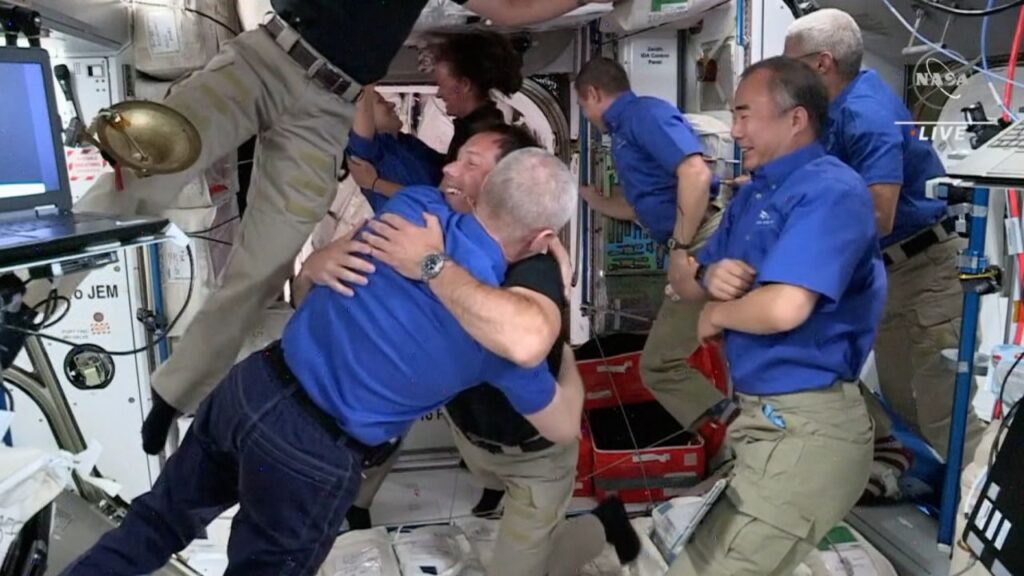
The SpaceX capsule designated for the retrieval of the two stranded astronauts has successfully reached the International Space Station (ISS).
Pilot Sunita “Suni” Williams and Commander Barry “Butch” Wilmore participated in a test flight to the ISS aboard Boeing’s latest spacecraft on June 5.
The initial plan was for them to remain in orbit for eight days; however, complications with the Starliner’s propulsion system resulted in an extended period of being stranded in space for several months.
In August, NASA verified that the two astronauts are scheduled to remain in orbit until 2025, with SpaceX assuming responsibility for their retrieval via a Crew Dragon mission.
The capsule, operated by Nick Hague from the US and Alexander Gorbunov from Russia, successfully docked at the ISS at 5:30 PM EDT (approximately 10:30 PM UK time) on Sunday, following its launch on Saturday evening.

The capsule successfully docked with the ISS in total darkness, operating at an altitude of 260 miles over Botswana.
Mr. Hague and Mr. Gorbunov will not be returning alongside Ms. Williams and Mr. Wilmore, who will occupy two clearly designated empty seats on Crew Dragon, until February of the following year.
At that point, the two stranded astronauts will have accumulated eight months of time in space.
Nasa reported that the addition of the two new astronauts will increase the population aboard the ISS to a total of 11 individuals.
Prior to takeoff, Mr. Hague stated: “There are always variables that are in flux [with spaceflight].”
“It appears that this instance has garnered increased visibility among the public.”
Upon arriving in Cape Canaveral last week, he stated, “We face a dynamic challenge ahead of us.”
“We are familiar with one another, operate in a professional capacity, and consistently fulfil our responsibilities.”
Dina Contella, the deputy program manager at NASA, reported that the two astronauts observed the SpaceX launch from the ISS, with Ms. Williams enthusiastically exclaiming, “Go Dragon!”

liftoffBoeing’s Starliner successfully undocked from the ISS and executed a return flight to Earth in September, operating without a crew on board. The assessment by NASA indicated that the thruster failures and helium leaks that emerged post-liftoff presented significant risks and were inadequately understood, leading to the conclusion that the safety of the test pilots’ return could not be assured.
During a news conference conducted from space that month, Ms. Williams and Mr. Wilmore expressed that the space station had evolved into their “happy place.”
“This is the nature of the industry,” she stated, emphasising the importance of “moving forward and identifying the next opportunity.”
Mr. Wilmore further stated: “The last three months have shown significant evolution; we have been engaged from the outset in all processes related to the assessment of our spacecraft.”
“It presented challenges at various intervals.” There were several challenging periods throughout the entire process.